WHAT STYLE OF MUSIC IS MORE POPULAR IN AFRI-INLEO INITIATIVES
Afri-Inleo initiatives are collaborative between the African tune community and the InLeo platform. They celebrate with a diverse variety of African musical genres, while the initiative embraces various styles. Every genre stands out due to its popularity and cultural significance.
Our most prominent and popular music style that makes a good impact in the Afri-Inleo initiative is;
Afrobeat
High Life
Fuji and Apala
Amapiano
AFROBEAT
Afrobeat is one of the dynamic and influential music genres that African producers, particularly from the Western African region, from both Nigeria and Ghana. Fela Kuti is a pioneer of a singular journey, which is not to be confused with Afrobeat, while with an "s" is a broad umbrella term that modern pop music from West Africa calls Afrobeats.
In the 20s, Afrobeat emerged from the rich musical transition traditions of high life, hip hop, dance hall, and hip hop. It gained truly global recognition in the 2010s thanks to Nigerian artists like Wizkid, Davido, Tiwa Savage, savage Olamide, and Mr. Eazi.
This genre of music flows with rhythm, melody, language, and instruments, and it is most favored with the themes of love and romance, street life and hustle, wealth and success, celebration and dance, cultural identity and pride.
Let's talk about artists who made Afrobeat have an impressive impact on the Afri-Inleo initiative. Several artists have significantly contributed to Afrobeat within the initiative, blending traditional rhythm with contemporary sounds to resonate with both local and global audiences.
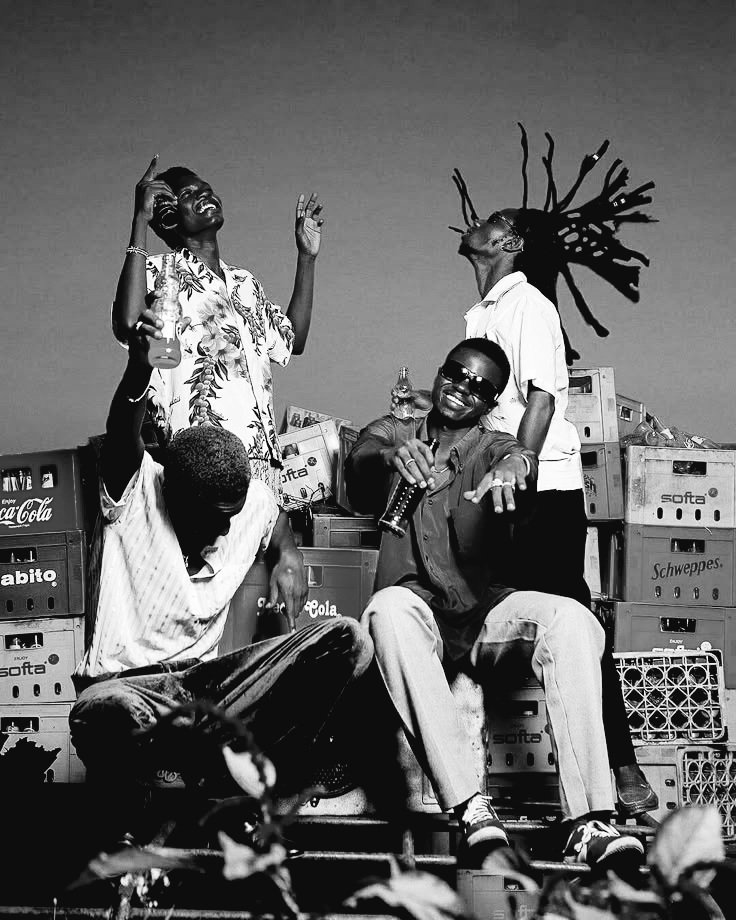 Source
Source
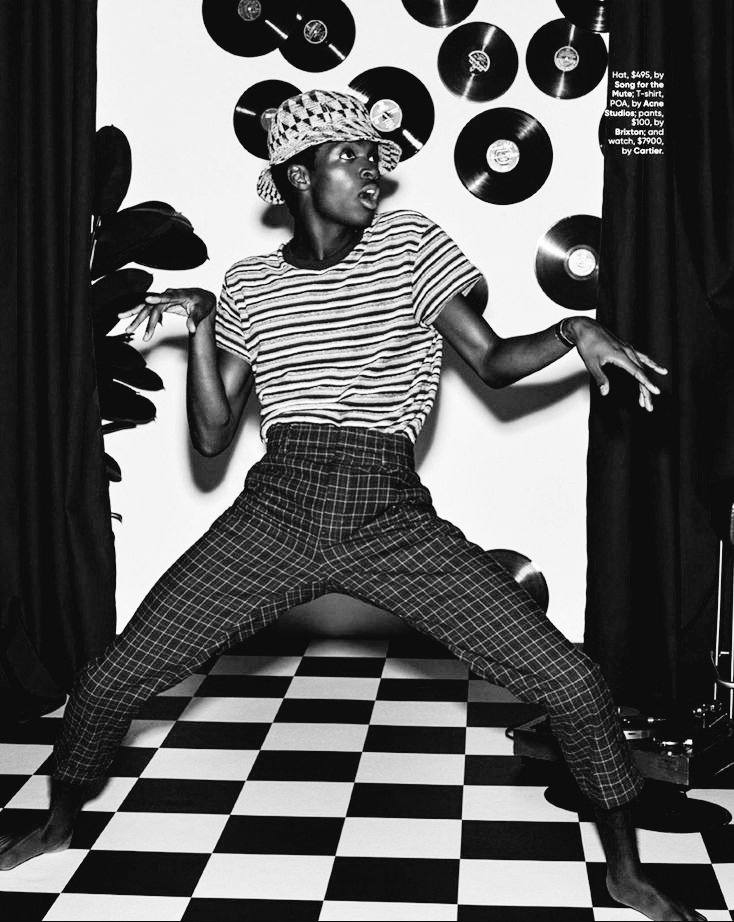 Source
Source
Fella Aikola Kuti.
He is a powerful figure of Afrobeat, often held as the Papa of Afrobeat. He modernized. He modernized African music by fusing jazz, high life, funk, and traditional Yoruba rhythm. His music was not just for entertainment, but for a powerful tool that talks about political activism, addressing issues with corruption and social injustice in Nigeria. These individual men, this individual man, Fela, influenced the foundation of Afrobeat identity and its role in initiatives like Afri InLeo.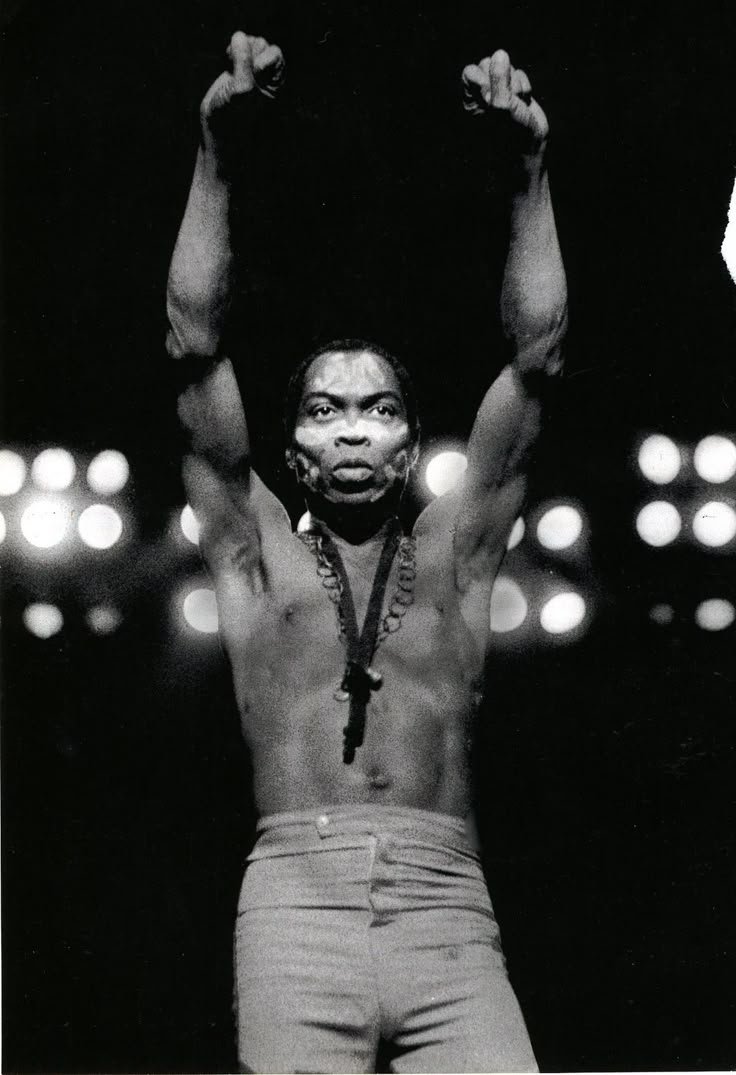 Source
Source
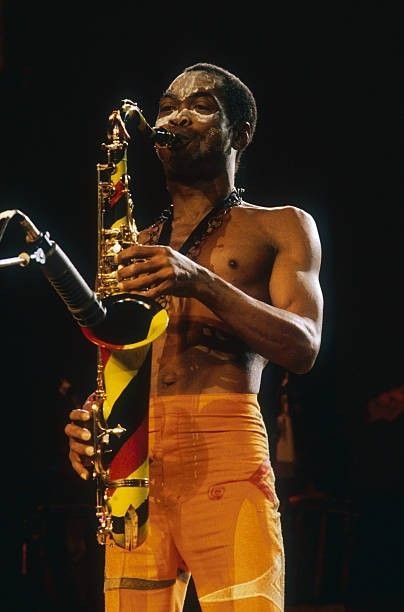 Source
Source
Tony Allen.
Fela's longtime drummer and musical director. Tony Allen played a pivotal role in crafting the unique polyrhythmic pattern that defines Afrobeat. His innovative drumming technique blended African beats with jazz and funk, laying the groundwork for the genres distinctive sound. He also continues the legacy to inspire musicians within the Afri-Inleo community.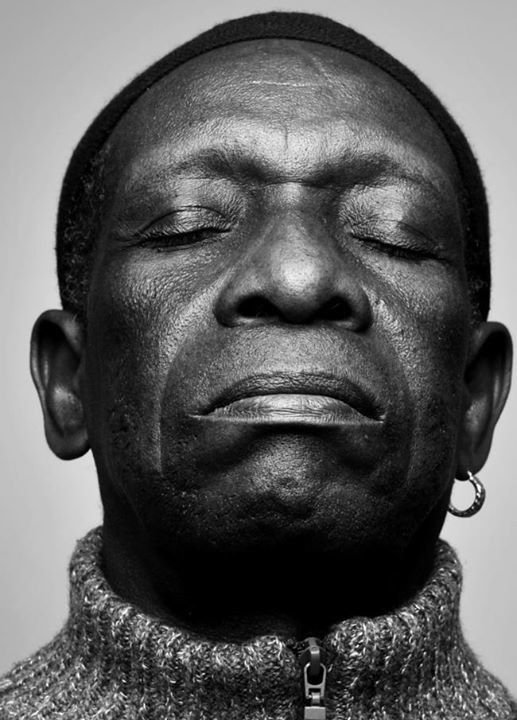 Source
Source
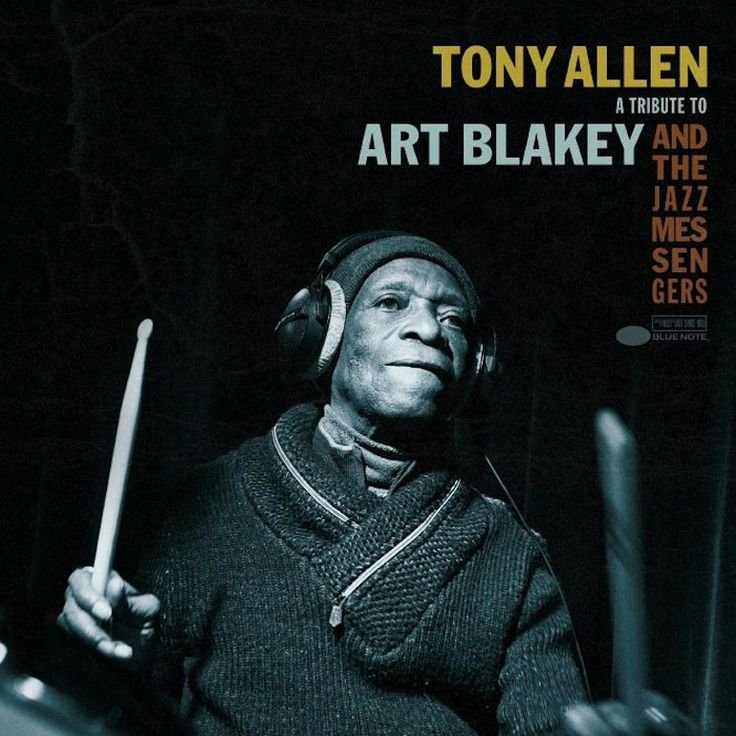 Source
Source
Wizkid
Talented at bridging tradition with global sound, has played him a crucial role in bringing Afrobeat to the global market stage. His collaborative work with international artists and chart-topping hits has introduced Afrobeat to a new audience. Wizkid, love blending traditional Afrobeat elements with contemporary pop and R&B. And he has also, and he's also, and he's also known for smooth vocals and instrumental heat music like "Essence".
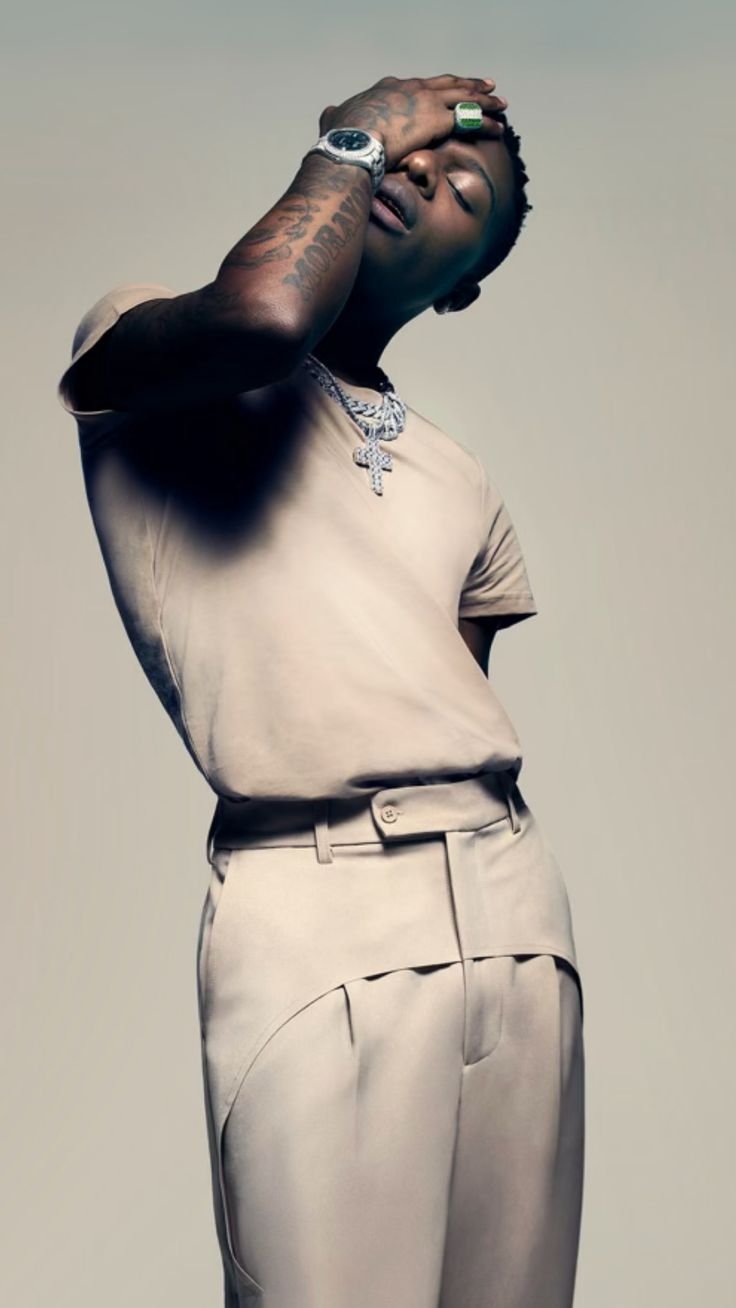 Source
Source
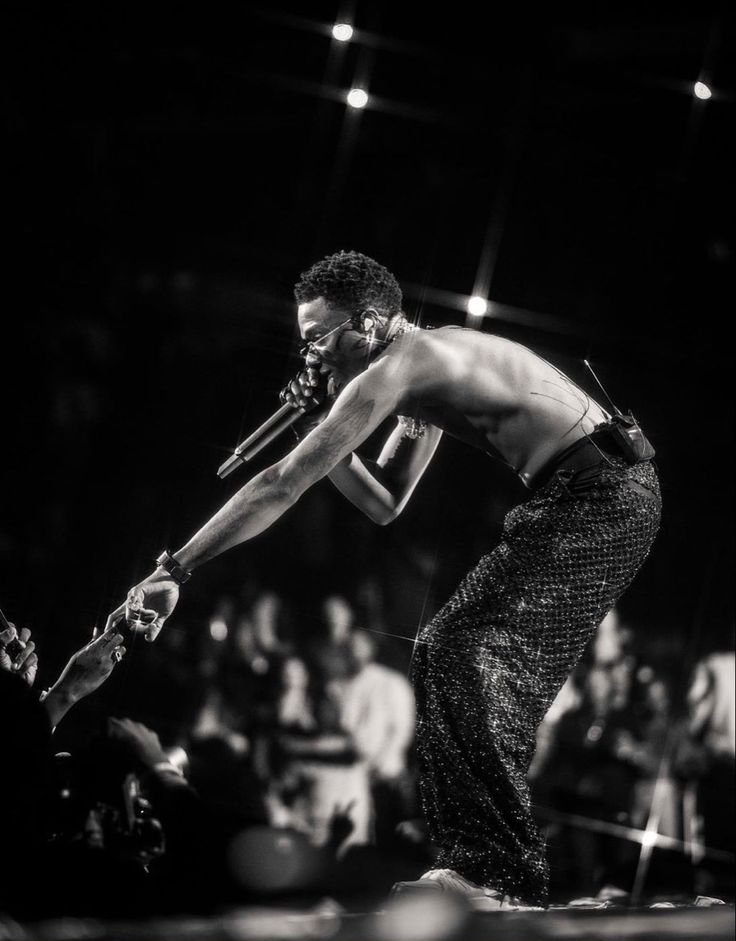 Source
Source
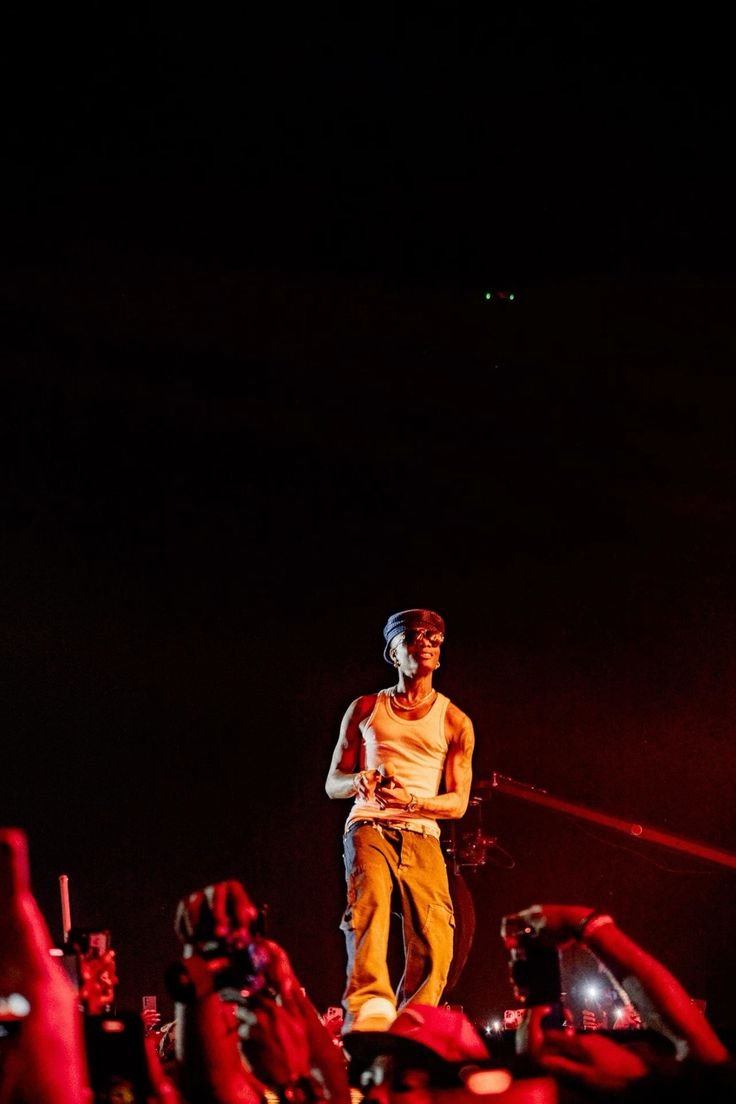 Source
Source
Burna Boy
Well known as the African giant. His music is a testament to Afrobeat, which keeps Enduring Power. Burna Boy fusion of Afrobeats with with Dancehall, reggae and hip hop has gathered international acclaim, earning him Grammy recognition, his work continues to highlight Afrobeat versatility and its capacity to address contemporary issues.
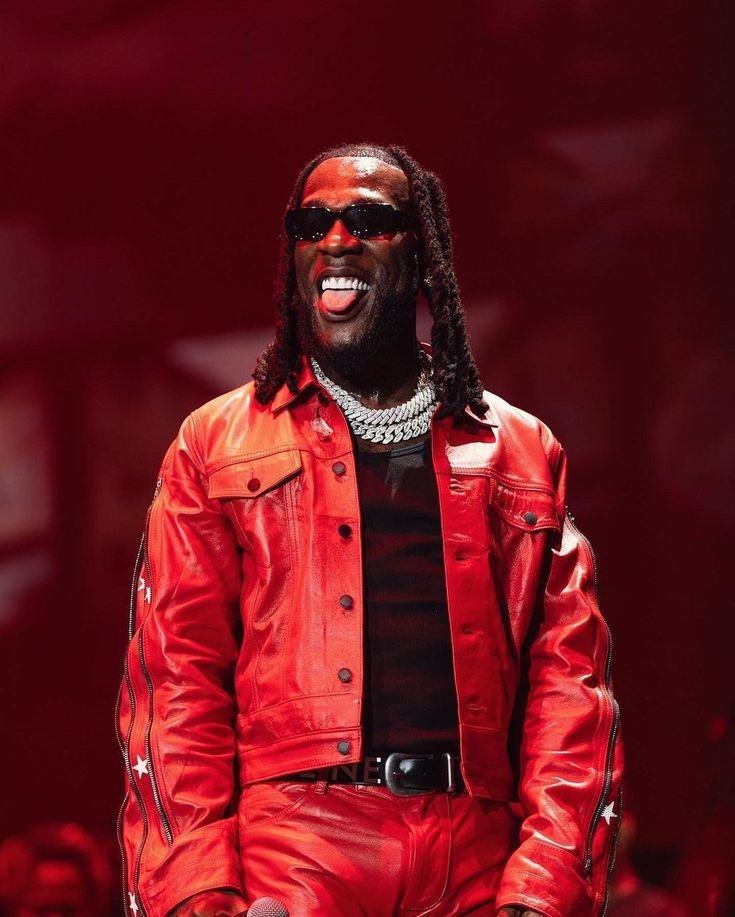 Source
Source
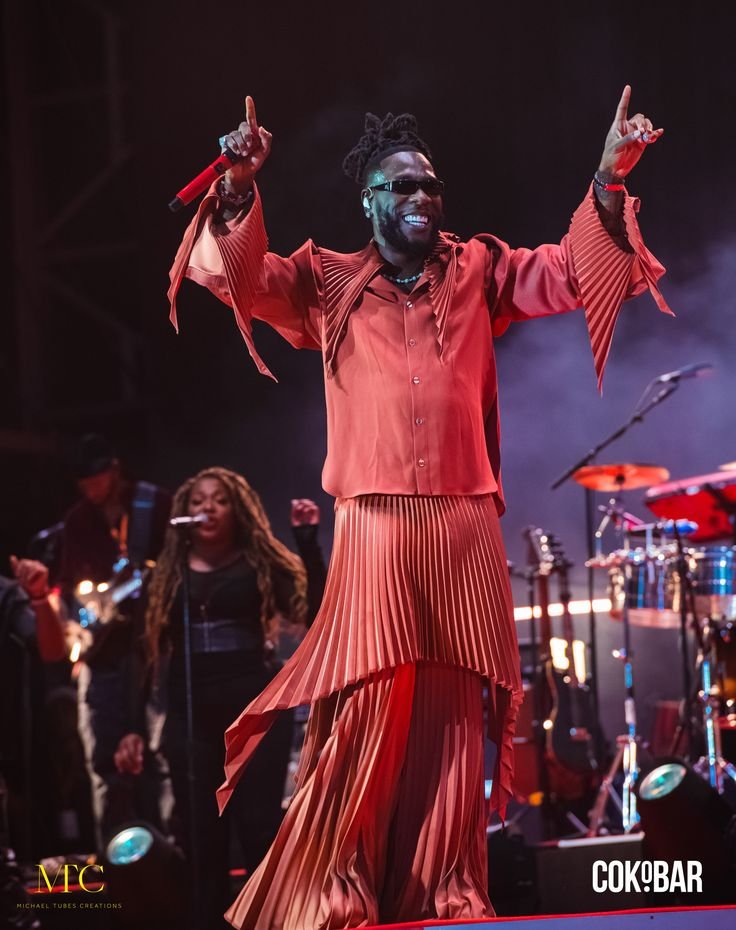 Source
Source
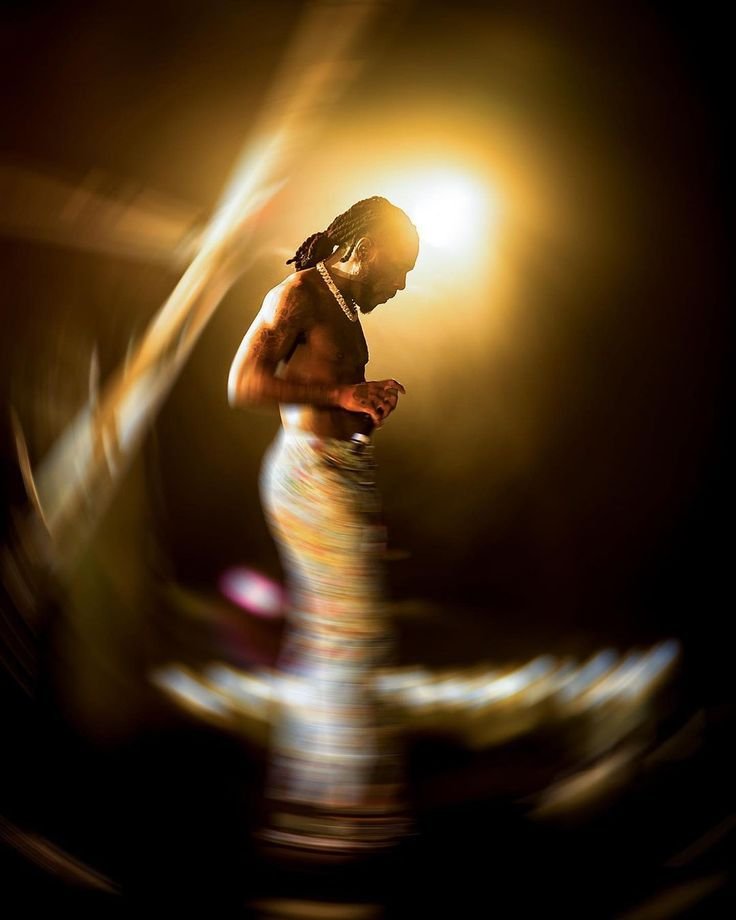 Source
Source
All these artists, among others, have significantly impacted the Afri-InLeo Initiatives by globally showcasing Afrobeat's rich heritage and its dynamic evolution. Their contributions ensure that Afrobeat remains a vibrant and influential force in both African and global music landscapes.
HIGHLIFE MUSIC
This is one of the most iconic and culturally rich music genres to emerge from West Africa, particularly also in Ghana and Nigeria. It laid the foundation for many modern African music styles, including Afrobeats. It is a genre that combines traditional African rhythms and melodies with instruments such as guitars, horns, and drums. It is danceable, melodic, and often deeply rooted in storytelling and social commentary.
During the early 20th century, coastal Ghana (then the Gold Coast) was it founded birthplace. It influences was Traditional Akan music, sea shanties from European sailors, jazz, swing, and big band music. At the long run it moved to Nigeria in the 1950s–60s, where it was embraced and evolved by local musicians.
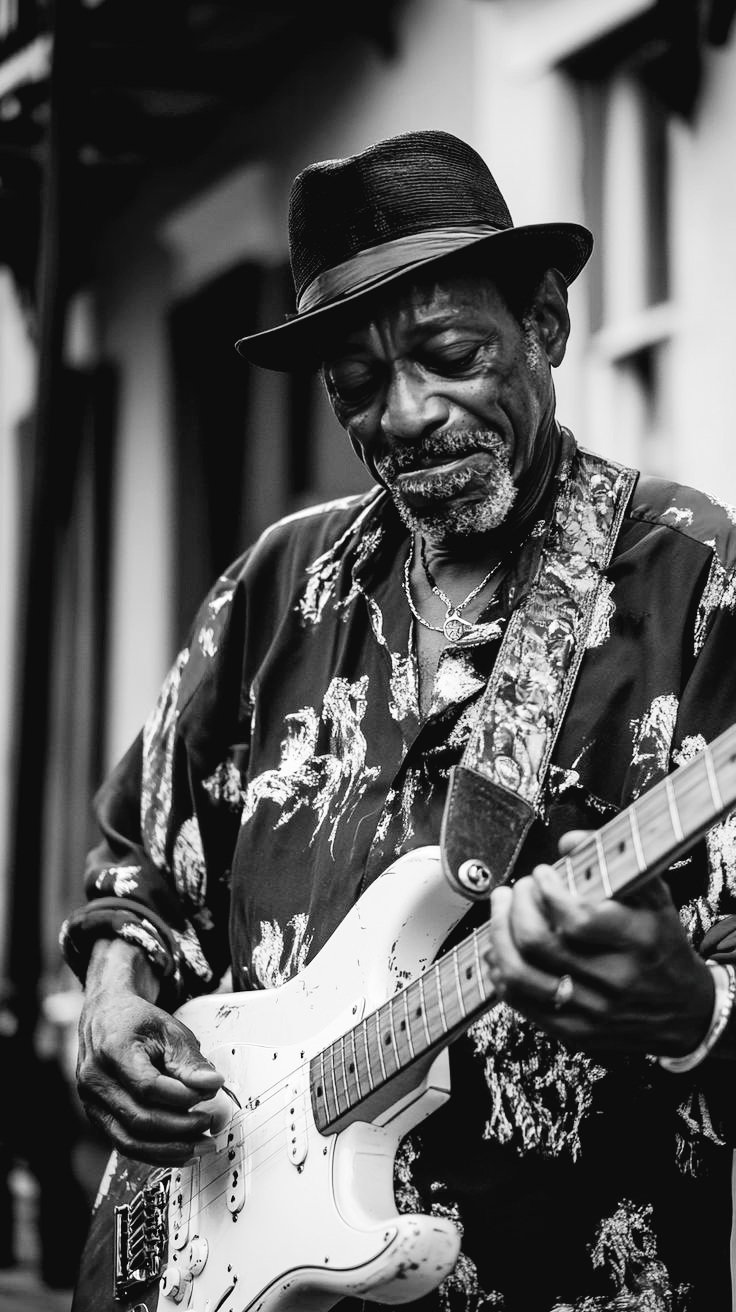 Source
Source
Legendary Highlife Artists:
E.T. Mensah, The "King of Highlife", known for spreading Highlife across Africa from Ghana
Osibisa, Blended Highlife with rock and funk; helped globalize African music from Ghana and UK
Rex Lawson, Famous for soulful Highlife hits in the Kalabari language from Nigeria
Oliver De Coque, Known for Igbo Highlife; infused traditional storytelling from Nigeria
Chief Stephen Osita Osadebe, One of the greatest Nigerian Highlife musicians, known for calm, philosophical lyrics.
FUJI & APALA
Fuji and Apala are two very powerful Yoruba-originated music genres from Nigeria. Deeply traditional yet incredibly adaptive, they have shaped the soul of West African sound and culture.
Apala was formed in the 1940s as a muslim Yoruba traditional genre, mainly performed to wake the faithful during Ramadan. But it grew into a deep form of social expression. Agidigbo (thumb piano), sekere (rattle), talking drum, and omele were the instruments use for making Apala sounds.
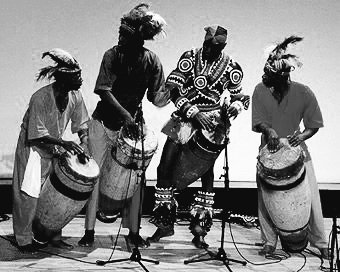 Source
Source
Fuji was originated in the late 1960s to early 1970s, directly from Apala, Wéré, and Sakara music. It is faster, percussion-heavy, and vibrantly expressive, becoming the music of choice in the bustling cities of western Nigeria(Yoruba). Bata, sakara, talking drums, agogo, and keyboard (modern fuji) were the instruments used in making Fuji.
 Source
Source
Fuji and Apala are experiencing a rebirth through Afri-InLeo Initiatives, encouraging young African artists to sample traditional rhythms and blend them with modern beats. Afrobeats artists like Asake, Zlatan, and Naira Marley have drawn heavily from the making of Fuji and Apala in vocal delivery and beat structure. The Afri-InLeo platform have promoted such cultural relevance through music challenges, cross-generational collaborations, and educational showcases.
AMAPIANO
Amapiano is one of the most exciting and fast-growing soundtracking genres in African music today. Founded from South Africa, Amapiano which means “the pianos” in Zulu, blends deep house, jazz, and lounge music with South African rhythms, and it's now taken over clubs, playlists, and dance floors across the continent and beyond. It was created in South Africa (around 2012) and the popularized in the mid to late 2010s. It brought in Township sounds like kwaito, deep house, and bacardi house. Thanks to the spread on TikTok, social media, and dance challenges, Amapiano quickly crossed borders into various countries like Nigeria, Kenya, Ghana, and even the UK and U.S.
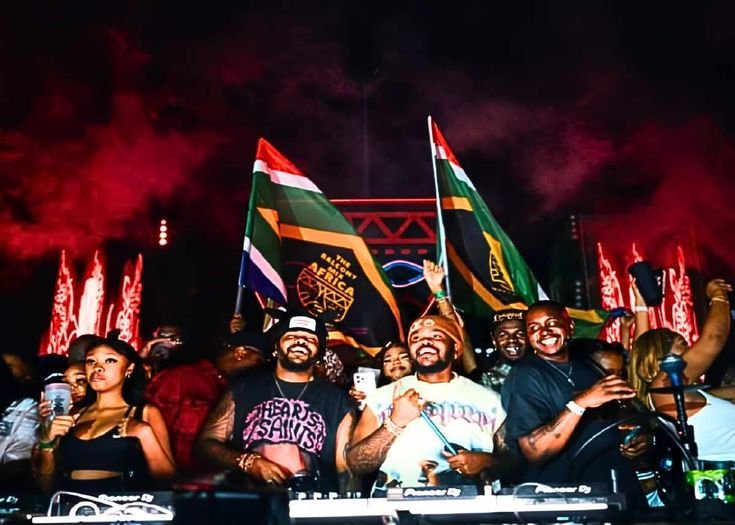 Source
Source
The Afri-InLeo community actively embraces Amapiano for the youthful focused musical expression, Dance based engagement and it brought fusion challenges with other African genres like Highlife, Fuji, or Afrobeats.
The Afri-InLeo Initiative has stood as a powerful bridge between Africa’s rich musical heritage and its bold, global future. From the deep rooted value of Apala, the electrifying pulse of Fuji, and the timeless melodies of Highlife, to the revolutionary fire of Afrobeat and the contagious energy of Amapiano, each genre reflects the soul, struggles, and celebration of African people. By putting spotlighting into all these genres and the artists behind them, Afri-InLeo doesn’t just preserve tradition, it elevates it, inspires the next generation, and unites a continent through rhythm, storytelling, and shared identity. As African music continues to echo across the world, Afri-InLeo ensures that its heart forever beats from home.
Forever live the sound of Africa. Long live the initiative.
Congratulations @lareaiyela! You have completed the following achievement on the Hive blockchain And have been rewarded with New badge(s)
Your next target is to reach 100 upvotes.
Your next target is to reach 50 replies.
You can view your badges on your board and compare yourself to others in the Ranking
If you no longer want to receive notifications, reply to this comment with the word
STOPThank you so much
That's great @lareaiyela! We're thrilled with your progress on Hive! Don't stop before achieving this new goal!
Thank you so much
Afrobeat is life and happiness in the spirit of Africa amazing one brother
Thank you my brother